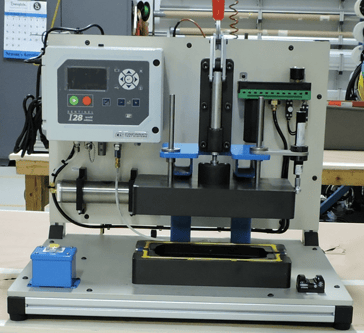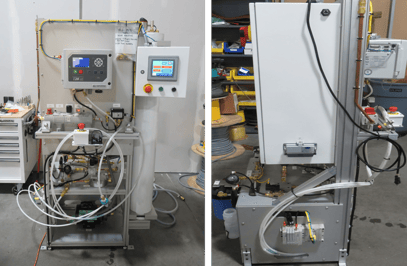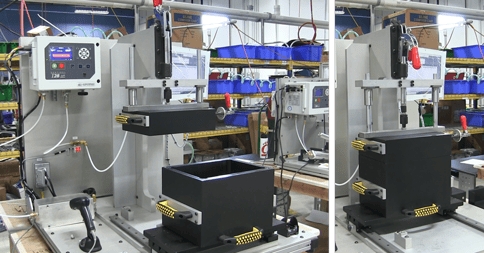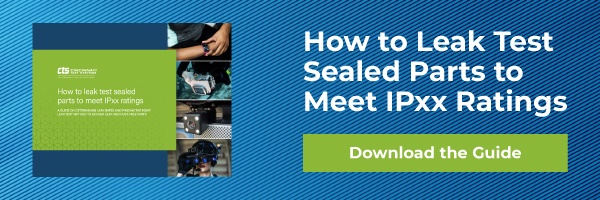How to Leak Test EV Electrical Components
Electric vehicles include several additional electrical components not found on your average ICE vehicles. On top of standard LED lamps (headlamps, taillamps, side markers), cameras, and sensors that exist in most models on the market today, EVs also rely on a high voltage distribution network, charging units, battery modules, and power electronics modules to charge and function properly.
Leak testing electronic components in electric vehicles poses some unique challenges, including that many of these applications need to meet certain IP ratings (protection from water or dust ingress), and testing needs to accommodate large parts and materials that could deform if test pressure is too high.
Technology Used for Leak Testing EV Electrical Components
The most common method for leak testing these electrical components is using pressure decay testing. A pressure decay test determines pressure loss measured over a fixed time to measure the amount of pressure change within the test part volume. During a pressure decay test, the part is filled to a specified target test pressure, this pressure is isolated then stabilized, and the pressure loss is measured over a defined test time to identify the leak rate. It is a good leak test for applications with very low leak rates, common when testing EV electrical components.
Electrical components are also often subject to IP67 specifications in testing, typically in the range of 0.5 – 10 scc/m at1.5 psig, dependent on the leak path. Some manufacturers will put their parts under further stress, up to 3 – 5 psi, however, some parts, like those made of plastic, can start to deform under too much pressure. This means you need to strike a balance between a pressure that will test for a non-water leak rate in the 0.5 – 10 scc/m range without deforming the part.
Following are some examples from the plant floor:
EV Fast Charger: Charger Case Leak Testing
Fast charging units have strict leak requirements because the inverter can heat up easily—they require a cooling system to function safely and properly. In the above application, we are leak testing the coolant circuit and connection plug in an EV fast charger case.
The handheld device gets placed into a chamber. It’s a sealed part, so we’re testing the overmolding, O-rings, and housings that fit together. The Sentinel I28 begins with pressurizing the test chamber with volumetric fill. The key to the unique design of the chamber is it has a half moon shape seal on both sides, so the cable associated with the device can travel through the chamber in order to target the leak test on just the overmold and sealed component, not the whole length of wiring. This approach makes for a very repeatable measurement.
DC Fast Charger: Power Cabinet and Cooling Water Circuit Leak Testing
The above example is a leak test station for a fast charger power cabinet. This application also requires a reliable cooling circuit, as the Power Electronics Module can heat up easily. In this design, a long test line is equipped with a CTS Connect for reaching out onto an assembly line. The Sentinel I28 differential pressure decay/pressure decay instrument is used to measure the pressure change related to a leak rate in the charging cabinet itself.
Leak Testing Battery Modules
The above machine was designed to test EV battery modules. In this design, a sealed module is placed in a chamber on a manual slide. The slide is moved in under the lid, and the part is actuated. Using the Sentinel I28, we then conduct a volumetric fill first to test for gross leaks, then finalize it with a low-limit no-water leak rate, in this case, in the 1-3 scc/m range, to meet the required IP specifications common when leak testing battery modules.
CTS Expert Solutions for EV Leak Testing
For over 40 years, CTS has led the way in automotive leak test and function testing. We have worked with the biggest brands in automotive manufacturing across the globe, helping brands adapt their lines to the evolving needs of EV manufacturing.
Whether your application is in a laboratory, prototype, or production environment, our team will help you work through the challenges posed by these EV applications, including IP specifications. Contact the experts at CTS for your new EV line or improved performance on your current lines.
Looking for support in EV leak testing? Consult our experts







